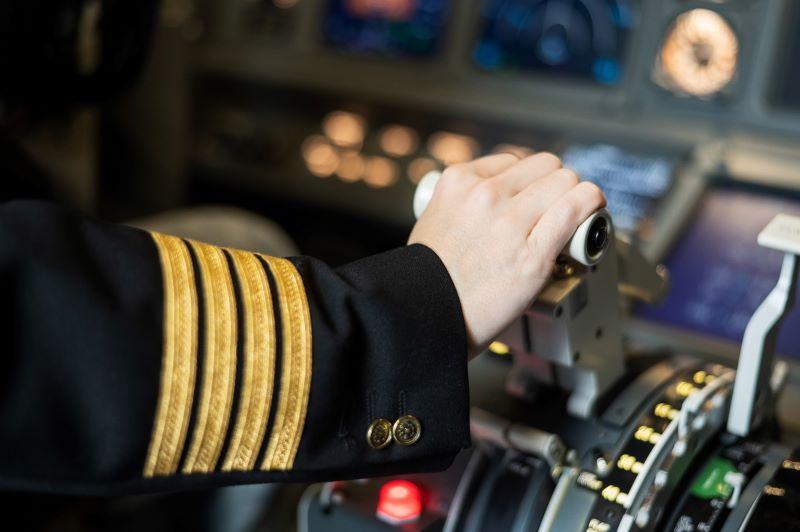Pilots’ Unions Reiterate Issues With Training, Retirement Age Proposals

Credit: inside-studio / Getty Images
The three largest U.S. pilots’ unions, spotlighting their key issues ahead of Congress’ expected talks on an FAA reauthorization bill, reiterated their now-familiar position against any proposals that would change first officer (FOs) training standards or raise the mandatory retirement age from 65...
Subscription Required
This content requires a subscription to one of the Aviation Week Intelligence Network (AWIN) bundles.
Schedule a demo today to find out how you can access this content and similar content related to your area of the global aviation industry.
Already an AWIN subscriber? Login
Did you know? Aviation Week has won top honors multiple times in the Jesse H. Neal National Business Journalism Awards, the business-to-business media equivalent of the Pulitzer Prizes.





